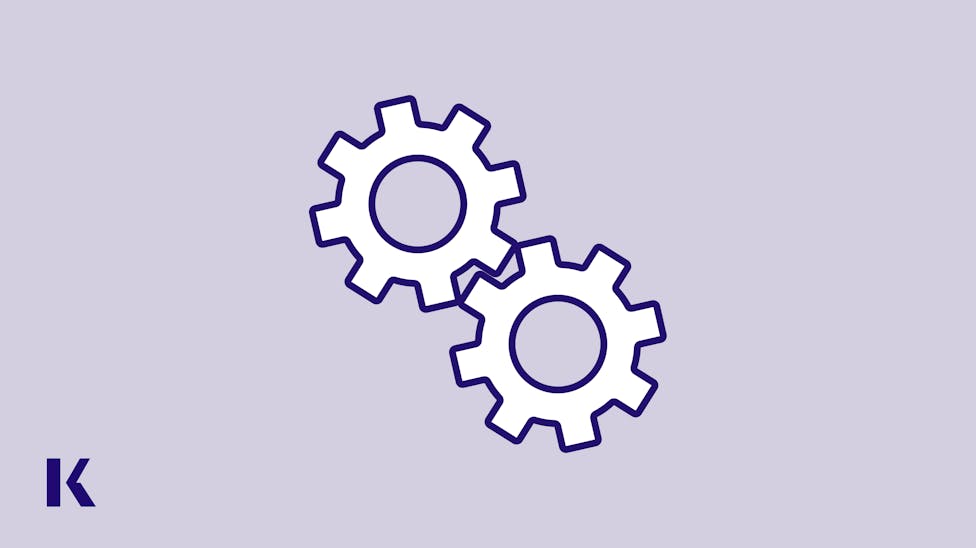Artificial Intelligence in Nursing Education: Opportunity, Challenge, and Responsibility
by Dr. Christi Doherty DNP, RNC-OB, CNE, CHSE, CDP, Executive Director, Nursing & i-Human Patients | August 15, 2025

Artificial intelligence (AI) is becoming impossible to ignore in today’s classrooms and simulation labs. Whether met with enthusiasm, skepticism, or a bit of both, AI is rapidly making its way into nursing education. Ready or not, it’s here. From virtual simulations to automated feedback and generative tools, this technology is reshaping how students learn and how educators teach.
AI Opportunities in Nursing Education
One of the most significant advantages of AI lies in its ability to support personalized learning. Intelligent systems can adapt content in real time, offering students additional support in areas where they’re struggling and reinforcing concepts as they progress (Labrague, & Harrasi, 2025). This type of individualized attention, though difficult to achieve at scale through traditional methods, has the potential to improve comprehension and confidence, especially in high-stakes subjects like pharmacology or pathophysiology.
AI is also enhancing the realism and reach of simulation experiences (Gonzales & Nagendran, 2025). Through AI-powered virtual patients and dynamic clinical scenarios, students can engage in repeated, guided practice to strengthen their clinical judgment in a safe, controlled environment. While not a substitute for in-person clinical training, these tools provide valuable supplemental learning, particularly when clinical site availability is limited. Additionally, AI systems are helping faculty manage workload by automating routine tasks like quiz grading, participation tracking, and early alerts for struggling students, allowing more time for meaningful interaction and coaching.
AI Challenges in Nursing Education
Despite these advantages, the growing presence of AI also brings complex challenges. One of the most pressing concerns is academic integrity. With generative AI tools able to produce essays, care plans, and case study responses, educators face increasing difficulty in discerning whether student work reflects genuine understanding or machine-generated output. This not only undermines assessment validity but may also hinder skill development, especially in areas requiring clinical reasoning and ethical decision-making.
Equity and access present another layer of complexity. Not all students have reliable internet connections, current devices, or exposure to AI tools outside the classroom. As educational institutions integrate more digital platforms, it becomes essential to ensure that all learners have equal access to the resources and support they need to succeed.
Moreover, while AI can process and respond to clinical scenarios with impressive speed, it lacks the human nuance, contextual awareness, and intuitive decision-making that experienced nurses bring to patient care. AI cannot replicate the subtle observations, emotional intelligence, or situational ethics that are so often critical to nursing practice. Educators must take care to reinforce that AI is a support and not a substitute for the development of clinical competence and professional judgment.
Faculty readiness is also a critical factor in the effective and ethical use of AI. Many educators are still learning how these tools function, what they’re capable of, and where the boundaries should lie (Simms, 2024). Without clear policies, professional development, and opportunities for dialogue, the integration of AI may lead to inconsistencies or unintended consequences in both teaching and evaluation.
A moment of reflection is helpful here. When the NCLEX was first taken decades ago, calculators were not permitted. Dosage calculations had to be done entirely by hand, often under time pressure, and with the expectation that accuracy was non-negotiable. Fast forward thirty years, and not only is a calculator allowed, it’s expected. Today, nurses are trained to double-check their math using calculators or even their phones—tools that were once seen as shortcuts but are now considered essential safety nets. AI may be heading in the same direction. What feels like a controversial crutch today could, in the near future, become an integrated part of how clinical decisions are made, taught, and supported. The question isn’t whether AI will evolve - it will, and quickly. The question is: where will nursing education be in five, ten, or thirty years in response?
AI Responsibility in Nursing Education
Moving forward, it will be essential to guide students in the responsible and ethical use of AI (Shen et al., 2025). Rather than attempting to eliminate its use entirely, educators can focus on helping students understand when AI can serve as a useful study aid and when reliance on it crosses the line into academic dishonesty. At the same time, assessment strategies may need to evolve to emphasize application, reflection, and in-person performance, reducing the ease with which AI tools can complete assignments on a student’s behalf.
Conclusion
The arrival of AI in nursing education is not a passing trend; it is a transformative shift. By approaching this change with thoughtful planning, open-minded exploration, and a commitment to preserving the integrity of nursing education, faculty can help shape how these tools are used—not only in classrooms and labs, but in the future practice of the profession itself. The responsibility now lies in balancing innovation with intention, ensuring that technology enhances, rather than erodes, the critical thinking, compassion, and clinical excellence that define nursing.
References
- Gonzales, L., & Nagendran, A. (2025). Artificial intelligence (AI)-facilitated debriefing: A pilot study. Clinical Simulation in Nursing, 105. https://doi.org/10.1016/j.ecns.2025.101782
- Labrague, L. J., & Harrasi, M. A. (2025). Nursing students’ perceptions of artificial intelligence (AI) using the technology acceptance model: A systematic review. Teaching and Learning in Nursing, 20, 274-282. https://doi.org/10.1016/j.teln.2025.02.032
- Shen, M., Shen, Y., Liu, F., & Jin, J. (2025). Prompts, privacy, and personalized learning: Integrating AI into nursing education – a qualitative study. BMC Nursing, 24. https://doi.org/10.1186/s12912-025-03115-8
- Simms, R. C. (2024) Work with chatGPT, not against. Nurse Educator, 49(3), 158-161. DOI: 10.1097/NNE.0000000000001634

Dr. Christi Doherty is the Executive Director of Nursing & i-Human Patients at Kaplan North America. Dr. Doherty is a skilled researcher, valued professor of nursing, experienced clinical nurse, and designer of virtual simulations. She has earned certifications in nursing education, healthcare simulation education, diversity, and inpatient obstetrics. Dr. Doherty has published several books and journal articles and presented nationally and internationally on diverse subjects such as clinical judgment, mentorship, simulation, and students' engagement in statistics and informatics.
